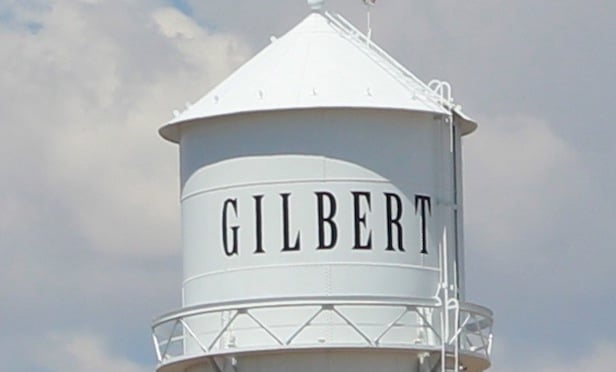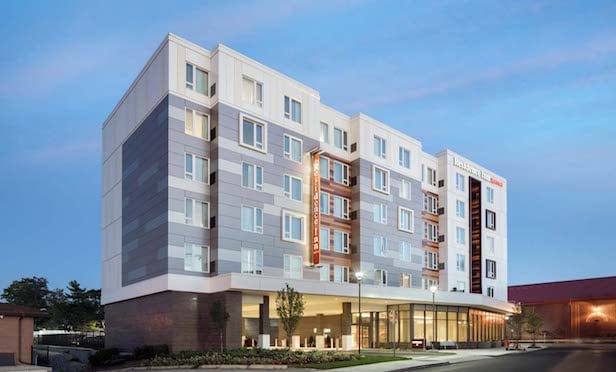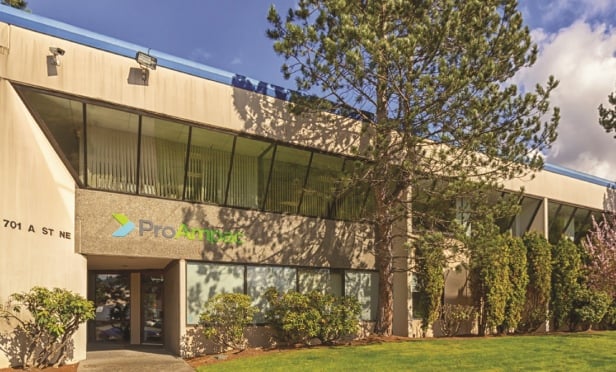SAN DIEGO—“Buyers are attracted to net-lease retail properties in the West because of historical performance,” Stan Johnson Co.'s regional director-West Sam Alison tells GlobeSt.com. We spoke exclusively with Alison during ICSC's Western Division Conference here this week about what makes net-lease investment in Western properties so attractive. Stay tuned for more post-ICSC coverage on GlobeSt.com over the next few days.
GlobeSt.com: How would you describe investment activity for net lease retail properties in the West region?
Alison: The first six months of 2015 were very robust for investment sales of net-lease retail properties in the West region. The supply-demand imbalance continued to push down cap rates. According to our company research, net-lease retail-property sales completed in the West region between January 1 and July 1 of this year totaled $2.55 billion, a 49% increase over the first half of 2014. The average cap rate for net-lease retail sales in the West region during the first half of 2015 was 5.6% as compared to 6.2% as of July 2014.
GlobeSt.com: What is causing interest in net lease retail properties in the West region?
Alison: Buyers are attracted to net-lease retail properties in the West because of historical performance. Throughout most real estate cycles, single-tenant net-lease properties have outperformed the overall market by maintaining steady cash flow and exhibiting less price volatility during economic downturns. Net-lease values hold steady during downturns and rebound quickly as the economy improves. Net lease remains the most liquid form of direct real estate ownership. This is particularly true in California and other Western US states where above average price escalation is typical. Values increase due to increasing market rents drive by tenant expansion, higher land prices paid for scarce development sites and growing investor demand seeking stability and yield in volatile capital markets.
GlobeSt.com: Why is now a good time to buy or sell net-lease retail properties in the West region?
Alison: The spread in cap rates paid for net-lease retail in the West region has narrowed considerably as compared to other parts of the US. In the first half of 2015, average cap rates for net-lease retail in the West region were 5.6%, as compared to 6.2% nationwide. Buyers who chase yield are finding the diminishing risk-adjusted return in many markets outside the West region to be less attractive than returns available earlier in the cycle. Moreover, property values in Western states tend to increase at higher rates than the rest of the US. So though real estate is expensive in the West, it is more attractive on a long-term risk-adjusted basis. If interest rates increase as expected, neither buyers nor sellers will benefit. If planning to buy or sell in the near future, it may be best to take advantage of today's low rates and relatively attractive yields.
GlobeSt.com: How will the pending hike in interest rates impact investment activity in net-lease retail properties in the West region?
Alison: Debt quotes have risen by 25 to 50 basis points over the past 90 days in many instances, which shows that lenders are pricing rate increases into deals, while sale activity remains high. This means that buyers are accepting lower yields. Cap rates have trended lower for smaller deals under $3 million that typically are purchased all cash. Thus, unleveraged cash yields are compressing. We do not anticipate material changes in cap rates over the next 12 months. If interest rates rise steadily over the next 24 to 36 months, cap rates will likely increase and yields will compress for buyers and sellers. It may be beneficial to sell certain properties in a portfolio before rates rise further.
GlobeSt.com: What new trends are you expecting in the 2016 net lease retail market in the West region?
Alison: The West region has returned to its rightful prominent place among the world's economies. Jobs, employment, population and household incomes continue to rise, capital expenditures are increasing and retail sales are booming. To meet the increasing demand, retailers will continue to expand, causing rents to increase due to limited supply. Rising interest rates will create more volatility in the stock market, fixed income and currency markets will remain volatile. Buyers will continue to shift investment funds into net-lease properties to find stable yield growth. Thus, real estate values for retail properties in the West region will continue to increase. We anticipate that 2016 will be another record-setting year for net-lease sales in the West region.
© Touchpoint Markets, All Rights Reserved. Request academic re-use from www.copyright.com. All other uses, submit a request to [email protected]. For more inforrmation visit Asset & Logo Licensing.






